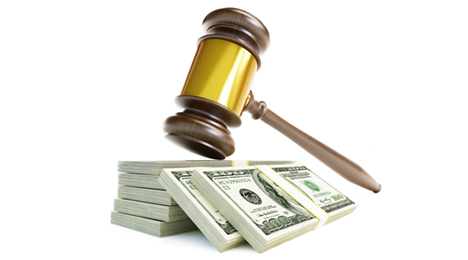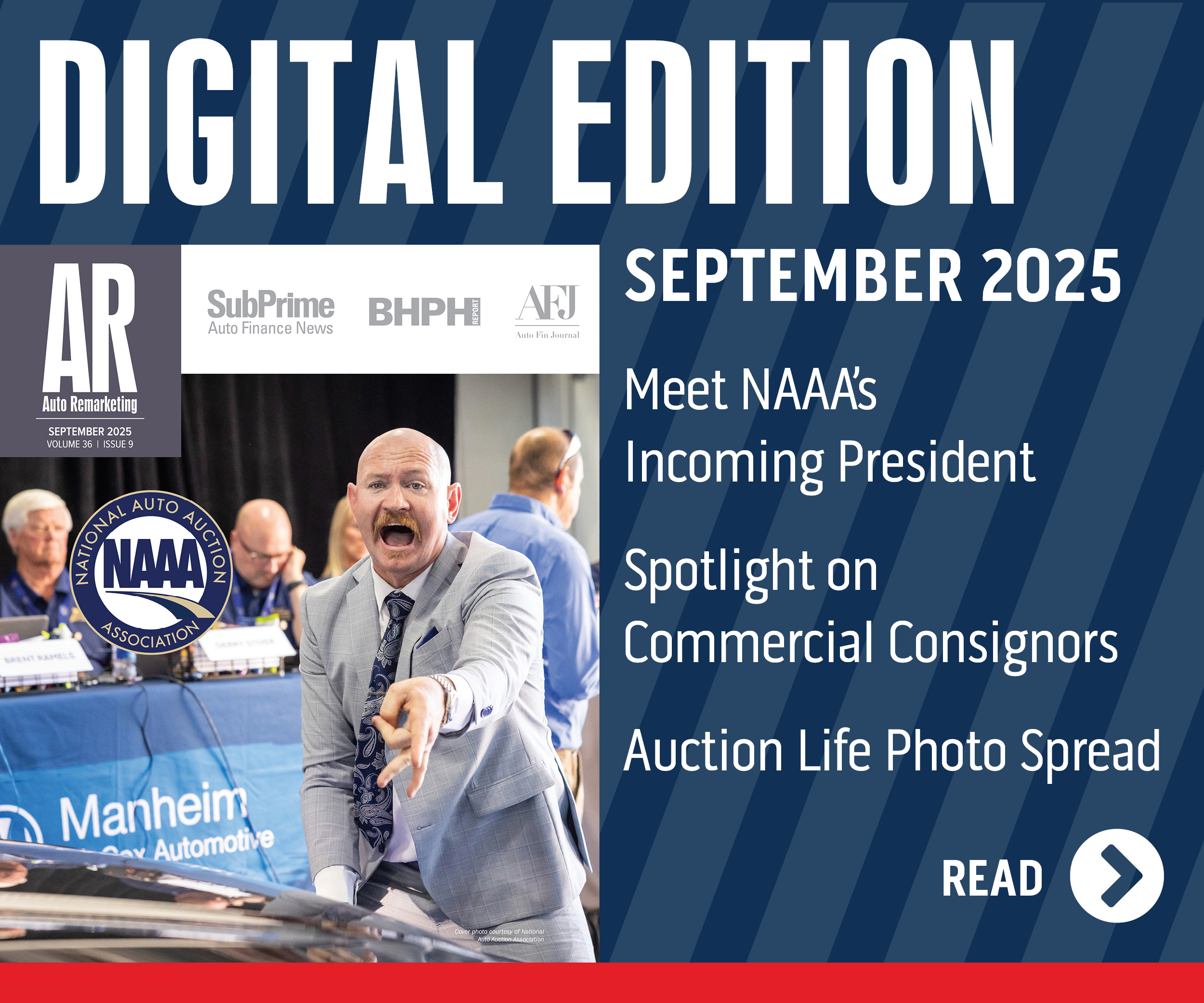Wholesale price climb reaches 4 months in a row

Leaves might be starting to fall as autumn deepens, but Manheim spotted that wholesale used-vehicle prices (on a mix-, mileage- and seasonally adjusted basis) climbed for the fourth consecutive month in September.
The upward movement brought the Manheim Used Vehicle Value Index to a reading of 124.8, representing an increase of 2.8 percent from a year ago.
Cox Automotive chief economist Tom Webb explained that September’s pricing softened before the seasonal adjustment. Webb also acknowledged that measuring that seasonal adjustment is “tricky” this time of year.
But the pattern of wholesale pricing during the last four months — as well as the last four years — has been one of strength and stability, according to Webb.
“Wholesale pricing trends have defied the expectations that analysts held at the beginning of the year, but used-vehicle values are not defying fundamentals,” Webb said.
“Yes, wholesale volumes are up significantly, but it’s from a low base. Yes, new-vehicle incentives are up, but not to dangerous levels. And, yes, used-retail margins are down, but net profits are rising,” he continued.
Looking deeper into the numbers, Manheim noticed the weakest pricing tiers remained in the $9,000 to $11,000 range, while luxury cars and SUVs and CUVs showed modest gains.
Third-quarter wholesale pricing trends for vehicle segments included:
• Compact car prices were down 5.4 percent in September compared to the same period last year, and once again remain the only major market segment with lower pricing versus a year ago.
• Midsize cars remain one of the weaker segments, but saw an increase of 2.6 percent compared with the same time period last year.
• Luxury car values had a small gain of 0.5 percent over the same period last year, and remain weak considering this was also the case for last year’s pricing. The small gain can also be attributed to more efficient re-marketing of cars in this class.
• Pickups and vans once again won the top spots, with pickup pricing up a significant 11.8 percent and vans up a more modest 5.1 percent on a year-over-year basis.
• SUVs and CUVs rose 3.1 percent compared with last September, helped by an increase in vehicle miles of travel and lower gas prices.
“Used-vehicle operations — including CPO sales — should be set up well for October given that new-vehicle inventory levels are down thanks to a higher sales pace last month,” Webb said.
Recovering off-rental pricing
Manheim determined a straight average of auction prices for rental risk units bumped up in both August and September. Webb indicated this development brought the average price “very close” to where it has been for the past three years. He added the trend is confirmation that the “weak” pricing in May, June and July was mostly a reflection of the older, poorer-condition vehicles being sold.
After being up significantly in the first eight months of the year, Manheim also noticed auction volumes for rental risk units eased in September.
The average mileage on units sold slipped back below 45,000 miles, but was still up 8 percent from a year ago
“A straight average of all auction sales naturally showed a seasonal decline in pricing from August to September, but values were well up from year-ago levels for both commercial and dealer-consigned units,” Webb said.
“The average mileage on dealer-consigned units continued to track below its year-ago level,” he continued.
New-car commentary
Turning his attention to the new-model market, Webb called last month’s performance by franchised dealerships, “exceptionally good.”
Webb conceded that it’s becoming a regular monthly occurrence in which the new-vehicle sales pace exceeded expectations. In fact, at 18.2 million, Webb pointed out the SAAR was the highest in more than decade.
Webb mentioned the July 2005 pace of 20.6 million was the result of employee-discount pricing programs, “which resulted in a subsequent payback.”
The Cox Automotive expert closed by mentioning a potential pitfall that sometimes surfaces when new metal is rolling over the curb at this pace.
“When new-vehicle sales exceed expectations, there is always concern that dealers might have over-allowed on the higher number of trade-ins they received,” Webb said. “So far this year, they have not.
“If they correctly valued trade-ins in September, their used-vehicle operations should be set up well for October given that new-vehicle inventory levels are down due to the higher sales pace last month,” he went on to say.
Editor’s note: More commentary and analysis from Webb’s quarterly conference call will be published soon in Auto Remarketing Today, SubPrime News Update and CPO Weekly.


